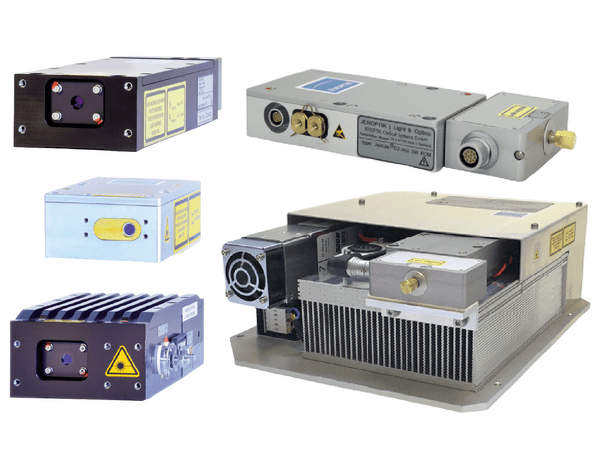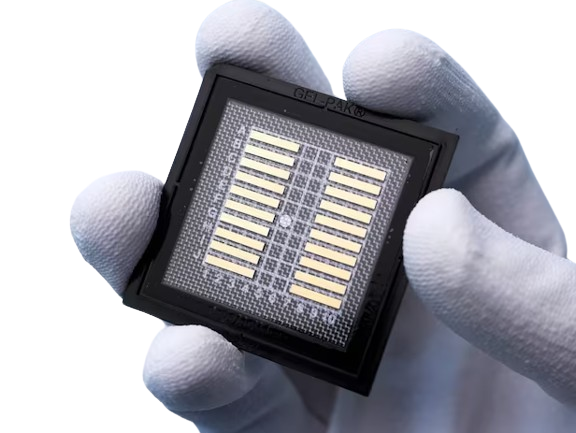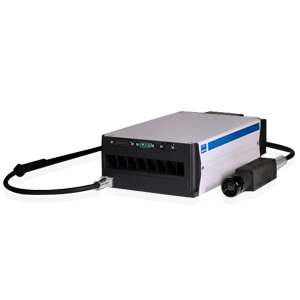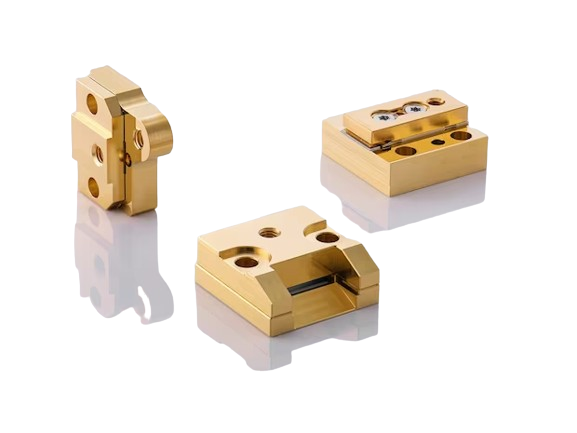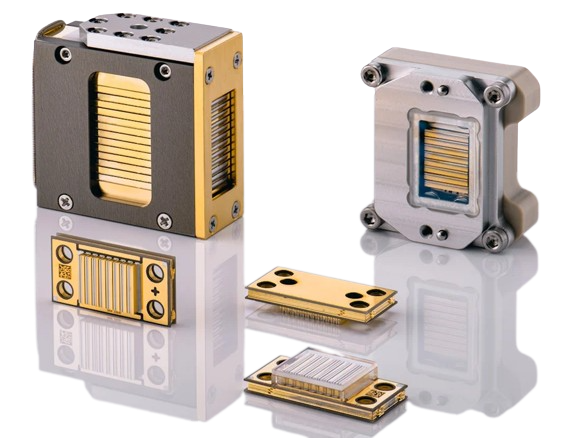JenLas D2
DPSS Laser, Multimode, Thin-disk, 532nm or 1064nm, up to 8W
Key Features:
- Highest efficiency in the industry
- Proven with over 25k fielded
- High-quality & precision
- Peltier cooling – water-free
- Compact & easy integration
- Multiple levels of integration
Get help selecting the right configuration for you!
If you do not see exactly what you need, please contact us!
The JenLas D2 series showcases innovation in high-power disk laser technology, featuring our trusted 532 nm laser sources with up to 8W CW output. With over 25k units installed, our CW-532 nm thin disk lasers are reliable in fields like ophthalmology, dermatology, and quality control. Our lasers operate on TEC-controlled laser diode pump sources, Nd:YVO4 gain crystals, and TEC-controlled internal frequency doubling LBO crystals. Offering the highest electro-optical efficiency, water-less cooling, and high beam quality, our lasers outperform other solid-state technologies. The series offers multiple integration levels, including the compact OEM JenLas D2.mini 2-8W that fits in the palm of your hand and the fully integrated JenLas MLS Green system for medical applications. The JenLas D2 series is ideal for customers seeking reliable, high-performance laser technology with consistent output power and easy integration.
Your OEM Disk Laser Solution Awaits!
Thin Disk Laser Examples
If you do not see exactly what you are looking for, let us know what you need!
| Output power (W) | Pulse Duration/CW | Fiber-coupling | Datasheet |
| 2 / 3 / 5 / 8 | ≈ 1ms to CW | Possible | D2.mini 2 – 8 W |
| 8 | ≈ 1ms to CW | Possible | D2.8 |
| 3 / 5 | ≈ 1ms to CW | Possible | D2 |
| 3 / 8 | ≈ 1ms to CW | Yes | D2.mini 3/8 W FC |
| 60 mW to 3 W (1 mW steps) | 10 to 650 ms | Yes | MLS Green |
Let us help choose the right configuration for YOU!
Benefits:
- High Performance:
- The highest electro-optical efficiency & advanced technology ensure precise, reliable performance for various applications
- Consistent Output Power:
- The suppression of thermal lensing and the use of waterless cooling deliver consistent output power, ensuring optimal performance
- Compact and Easy Integration:
- The compact and rugged design simplifies integration into various systems. The D2 mini is particularly suitable for applications where space is limited.
- Multiple Integration Levels:
- From ultra-compact free-space modules that fit in the palm of your hand to fiber-coupled modules to fully integrated systems including fiber-coupling, control, functional safety electronics, and cooling. We’re sure to have a solution to fit your exact needs
- Versatile Solutions:
- High power capabilities and TEC-controlled internal frequency doubling LBO crystals allow for a wide range of applications and uses.
- Proven Track Record:
- With over 25,000 units installed, the CW-532 nm thin disk lasers have proven their worth in various fields such as ophthalmology, dermatology, veterinary medicine, laser projection, and quality control.
- Customization:
- All products are fully customizable: the JenLas® family offers a fully integrated system including fiber-coupling, control electronics, cooling, and functional safety features, providing a platform for customized medical lasers systems.
- Industry-Leading Form Factor:
- The JenLas® D2 series offers the industry’s smallest form-factor, making it ideal for applications where space is at a premium.
- Long-Term Investment:
- With over 30 years of experience in the design and fabrication of diode-pumped solid-state lasers, investing in the JenLas® D2 series is a smart and cost-effective decision for your laser technology needs.
The JenLas D2 series is the ideal solution for customers looking for reliable, high-performance laser technology. The efficient and advanced features of our lasers, such as the suppression of thermal lensing and the use of waterless cooling, provide consistent and precise output power. The rugged and compact design of our lasers makes integration into your system simple and easy. With our Thin Disk Laser family, you can trust that you are making a smart and cost-effective investment in your laser technology needs.
Don’t hesitate to ask us anything!
| Wavelength (nm) | |
|---|---|
| Description | |
| Type | CW DPSS Lasers, Collimated Beam, Fiber-Coupled, Customizable |

 SHIPS TODAY
SHIPS TODAY 